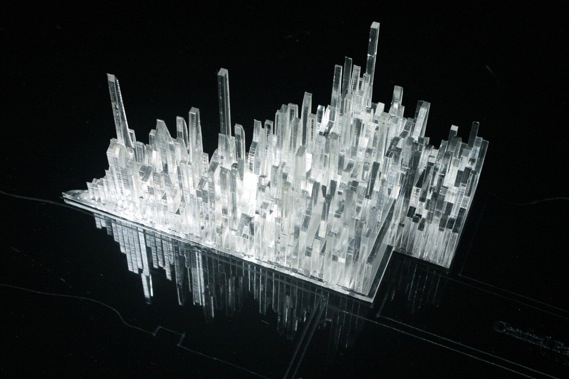Soundscapes
- Precedent Field Method
 Image Credit: John Davies
Image Credit: John Davies
A soundscape is an acoustic ecology arising from an immersive environment and can be from both natural environments as well and man made/altered environments. This term was coined by R. Murray Schafer and is discussed at length in The Soundscape: Our Sonic Environment and the Tuning of the World (Schafer). An important note about soundscapes is they are perceptually bi-directional; meaning they can be both recorded from an existing environment (a mountain meadow on a summer’s eve, or a boulevard in an urban-center during rush hour) or generated to project a certain quality to a space (Muzak, meditation/sleep apps/devices). Soundscapes can also be combined or mixed together to give a sonic resolution to a current situation, cues to the visually impaired and healthcare related needs or a backdrop to more conventionally heard music. There has been a great many artists who have experimented with soundscapes as an artistic, musical or compositional endeavor including John Cage, R. Murry Schafer, Luc Ferrari and Max Neuhouse. From the natural environment to the rural, social, cultural, industrial and electrical evolutions that followed, Schafer discusses sounds and their relationships and perceptions to life. Soundscapes can be from an existing environment (a mountain meadow on a summer’s eve), or from the man-made environment (a boulevard in an urban-center during rush hour).
The recording, altering (speed and direction) and composing of these natural and man-made sounds comes from the acousmatic music field of Music Concrete. Pierre Schaeffer pioneered the filed of Music Concrete, composing the first piece of recorded music entitled “etude aux chemins de fer” began working with recording, looping and mixing. Later, composers such as Stockhausen, Varese, Xenakis and many of the early electronic composers of the 20th century would follow suit, some even studying with him as in Stockhausen’s case. Together they contributed a great deal of material, methods and knowledge about working and composing with recorded content from both the natural environment (Concrete Ph by Xenakis), the built Environment (etude aux chemins de fer by Schaeffer), abstract composition (Etude by Stockhausen) or more recent interactive examples (Radio Net by Neuhaus). Soundscapes are sonic worlds, they tell stories, provide indicators, and give sonic resolution to a current situation of space; they can give the sense of place to the raw material of space. They can provide cues to the visually impaired and healthcare related needs, or a backdrop to more conventionally heard music.
Links:
The Soundscape: Our Sonic Environment and the Tuning of the World
Soundscape: The School of Sound Lectures
Soundscape and the Built Environment



